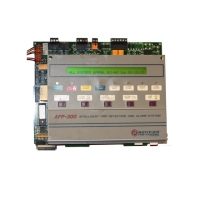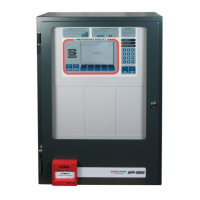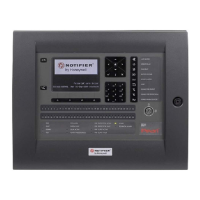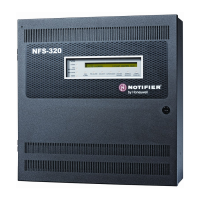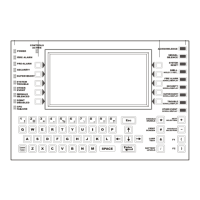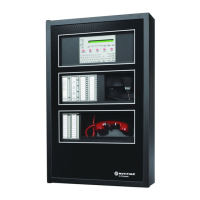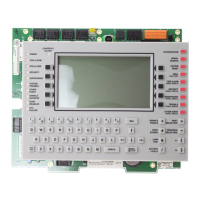AFP-3030 Programming Manual — P/N DOC-01-032:A 26/06/2015 117
Equations CBE: Zones and Equations
Example: NOT(Z02)
The logic zone will remain activated until the argument activates.
If the argument activates the logic zone will deactivate.
• The “ONLY1” Operator
Requires that only one argument be active.
Example: ONLY1(Z02,Z05,Z09)
If only one of the arguments activates the logic zone will be activated.
• The “ANYX” Operator
Requires that the amount of arguments specified by the number preceding the arguments be
active.
Example: ANYX(2,Z02,Z05,Z09)
If any two or more of the arguments are in alarm the output point will be activated.
The X amount may be a value from 1 through 9.
• The “XZONE” Operator
Requires that any combination of two or more input devices programmed to a zone be active.
Example: XZONE(Z02)
If any combination of two or more initiating devices that have been mapped to this software
zone come into alarm, then outputs mapped to this zone will activate.
• The “RANGE” Operator
Each argument within the range must conform to the requirements of the governing function.
The range limit is 20 consecutive arguments.
Example: AND(RANGE(Z1,Z20))
Zone 1 through Zone 20 must all be active to activate the logic zone.
• The “DIS(point argument)” Operator
Requires that the point argument be disabled for the operator to go active.
• The “PRE(point argument)” Operator
Requires that the point argument be in prealarm for the operator to go active.
Example: AND(L1D1,PRE(L1D2))
The detector at address L1D1 must be active and the detector at L1D2 must be in prealarm for
this equation to go active.
• The “SUP(point argument)” Operator
Requires that the point argument be in an active supervisory state for the operator to go active.
Example: OR(L1D1,SUP(L1M1))
The detector at address L1D1 must be active, or the module at L1M1 must be in an active
supervisory state, for the equation to go active.
• The “FIRE(point argument)” Operator
Requires that the point argument be in an active fire alarm state for the operator to go active.
Example: AND(L1D1,FIRE(L1M1),FIRE(L1M2))
The detector at address L1D1 must be active, and the modules at L1M1 and L1M2 must be in
an active fire alarm state, for the equation to go active.
• The “NON(point argument)” Operator
Requires that the point argument be in an active non-alarm state for the operator to go active.
Example: AND(L1D1,NON(L1M1))
NOTE: Local General Zones only.

